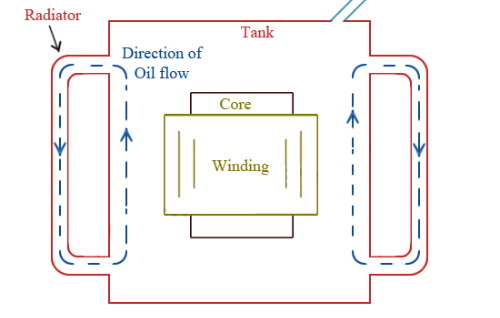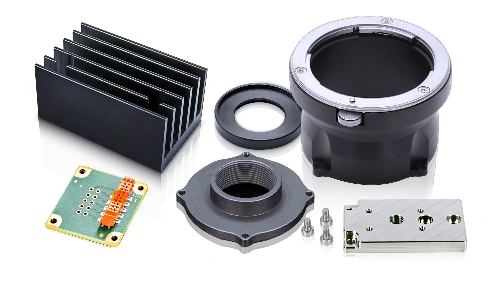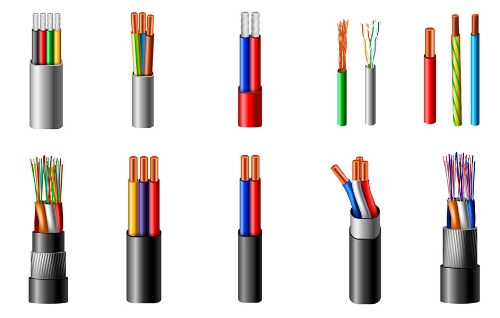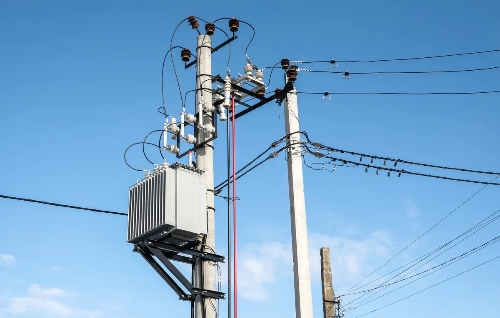Best Practices For Daily Transformer Maintenance
Daily transformer maintenance plays an important role in power systems. Whether in life, industrial facilities, or renewable energy sites, they must maintain high performance and quality in a variety of harsh environments and operating conditions. Daily transformer maintenance is essential not just to avoid costly downtime, but to ensure safety and maximize operational life. As an experienced O&M engineer, I’ll walk you through a practical approach to the daily care of power transformers, from routine inspections to diagnostics like dissolved gas analysis.
Why Daily Transformer Maintenance Matters
Transformers are built to last, but neglecting daily care can lead to performance degradation, overheating, or even catastrophic transformer failure. Factors such as ambient temperature, overloading, oil contamination, and loose transformer components can reduce insulation life or trigger sudden faults.
By following a structured maintenance plan, including daily checks, engineers can focus on identifying potential issues before they escalate, which dramatically reduces unexpected outages.
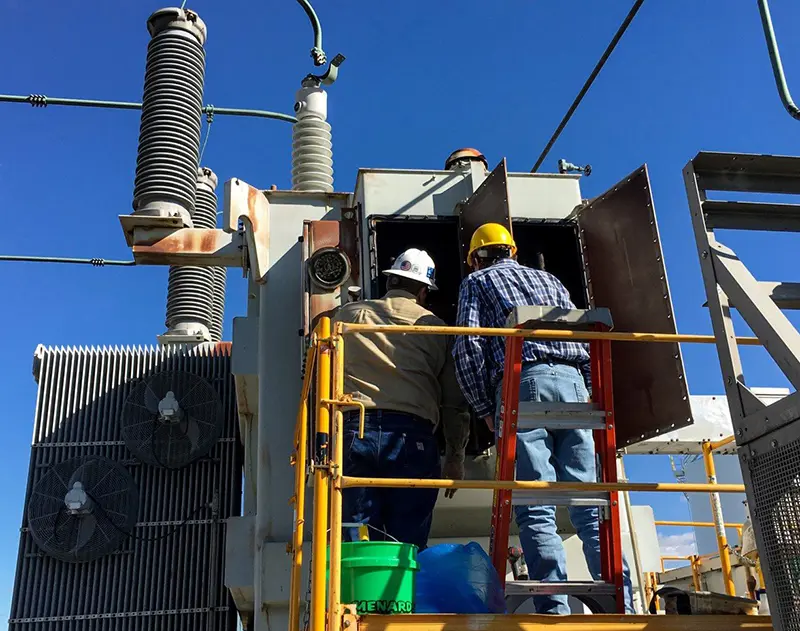
Start with a Transformer Maintenance Plan and Checklist
A well-defined maintenance plan is the foundation of good transformer care. While some inspections are annual or quarterly, others must be done daily or weekly. Build your transformer maintenance checklist to include:
- Daily: Visual inspection, oil temperature, and oil level
- Weekly: Cooling system operation and cleanliness
- Monthly: Oil sampling and leak checks
- Annually: Laboratory testing and detailed diagnostics
1. Visual Inspection: The First Line of Defense
Daily visual inspection is fast, easy, and highly effective in catching early signs of trouble. While patrolling the site, regularly inspect for:
- Cracks, rust, or physical damage on the tank and bushings
- Signs of oil leak from gaskets, seals, or fittings
- Color changes or soot marks indicating overheating or arcing
- Bird nests or debris that could compromise ventilation
- Loose bolts, nuts, or external transformer components
Record observations immediately and escalate anomalies for further diagnostics.
2. Monitor Oil Level and Oil Temperature
Transformer insulating oil performs two essential tasks: cooling and electrical insulation. Monitoring oil level and oil temperature daily helps track internal transformer conditions:
- Ensure oil levels stay within the manufacturer's specifications; sudden drops may indicate an oil leak
- Track oil temperature at consistent times of the day under similar loading conditions
- Any spikes in oil temperature without a corresponding increase in load could point to internal issues, like core hot spots or blocked cooling paths
Changes in oil behavior often precede transformer failure, so do not ignore trends, even if the transformer appears to be operating normally.
3. Cooling System Checks
Efficient operation of the cooling system is vital. Whether the system is ONAN (oil natural air natural) or ONAF (oil natural air forced), a failure in cooling may shorten transformer life.
During daily checks:
- Inspect radiator fins for dust, dirt, or obstructions
- Confirm that cooling fans (if present) are running when required
- Verify that louvers, vents, and exhausts are unobstructed
- Examine the condition of the breather and silica gel color (moisture absorption)
Cooling system neglect often leads to elevated oil temperature, which accelerates insulation aging.
4. Oil Sampling and Dissolved Gas Analysis (DGA)
While not part of a daily routine, it's essential to schedule regular oil sampling as part of your broader maintenance plan. Oil samples reveal vital insights into transformer health:
- Check for water contamination or oxidation in insulating oil
- Use dissolved gas analysis (DGA) to detect gas buildup from electrical discharges, overheating, or arcing
- Evaluate dielectric strength to confirm insulation integrity
DGA should be performed annually or after any abnormal event, while oil moisture and acidity tests may be done quarterly, depending on the environment.
5. Look for Early Signs of Oil Leaks
One of the most overlooked but critical issues is the oil leak. Even a minor leak can lead to a slow drop in insulation quality and oil volume, eventually resulting in overheating or arcing.
To manage this:
- Include leak detection in your routine inspections
- Look under and around the transformer for oil stains or puddles
- Check gasket and valve areas for seepage or accumulation
If left unaddressed, leaks can compromise dielectric strength and lead to partial discharge events or core insulation breakdown.
6. Pay Attention to Noise and Vibration of Electrical Transformers
Unusual noise or vibration is another early indicator of mechanical or magnetic stress within electrical transformers. While on site:
- Listen for buzzing or humming noises beyond normal levels
- Investigate vibrations at the base or enclosure
- Confirm that the mounting hardware is secure
Changes in acoustic patterns often relate to transformer components shifting, magnetostriction effects, or cooling fan imbalance.
7. Regular Maintenance Tips for High-Risk Environments
In areas with high humidity, pollution, or extreme temperatures, regular maintenance should be more frequent and detailed:
- Apply anti-condensation heaters in damp regions
- Install bird guards and insect screens to avoid contamination
- Repaint external surfaces periodically to prevent rust and corrosion
- Increase oil sampling frequency if operating near chemical plants or marine environments
Adapting your maintenance plan to local conditions prevents premature aging and maintains performance integrity.
8. Document Everything Transformer Maintenance Info
No maintenance plan is complete without proper documentation. For each inspection:
- Record oil temperature, oil level, and visual findings
- Update the transformer maintenance checklist daily
- Track leak history, test results, and repairs
- Store DGA reports and lab analysis for long-term tracking
Over time, this log becomes an invaluable tool for identifying patterns, forecasting issues, and making data-driven replacement decisions.

Transformer Maintenance Services
Daily transformer maintenance also requires a good transformer maintenance service team with excellent skills, a sense of responsibility, etc.
The daily maintenance of electrical transformers doesn't have to be complex, but it must be consistent, data-driven, and proactive. By following a detailed maintenance checklist and transformer maintenance guide, performing thorough routine inspections, and monitoring key indicators like oil temperature, oil level, and cooling system function, O&M teams can significantly reduce the risk of transformer failure.
Equally important is scheduling regular oil sampling, performing dissolved gas analysis, and responding quickly to any oil leak or irregularity in transformer components.
Remember, regularly inspect, document findings, and stay ahead of issues. Because when it comes to transformer health, prevention is always more affordable than repair. Let’s check the transformer now.

